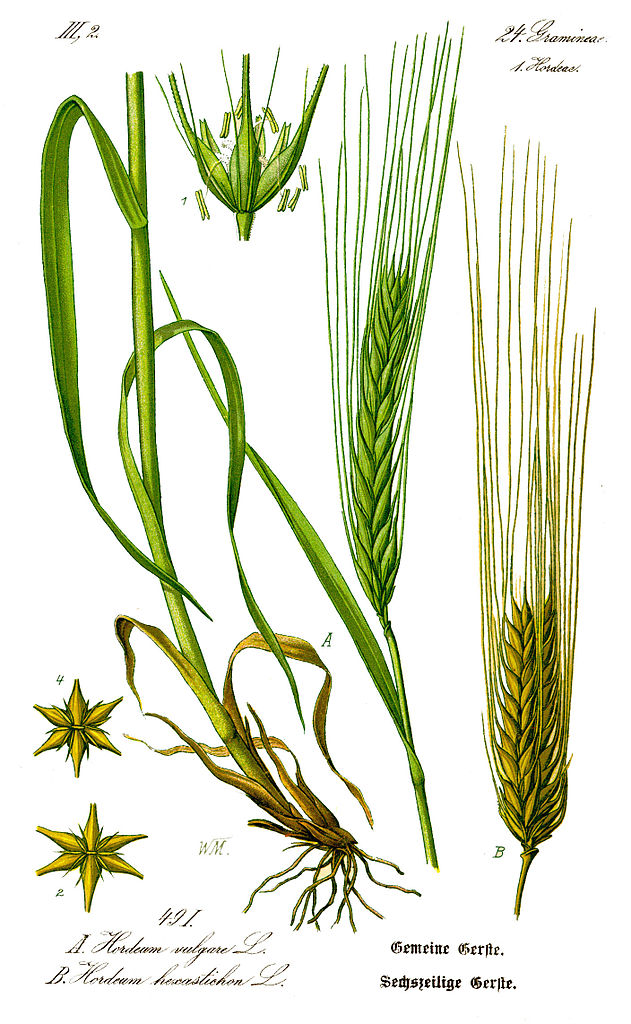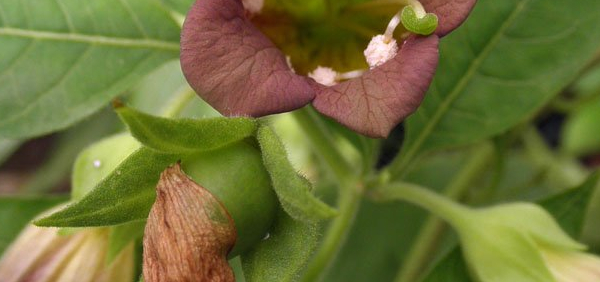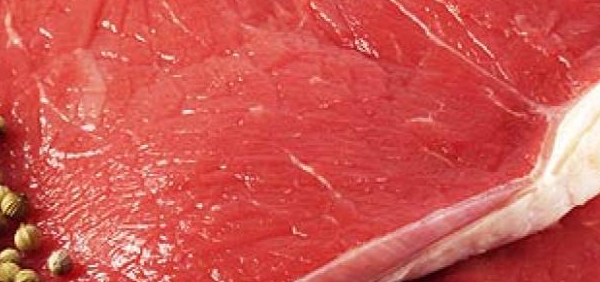Yava:

Cultivation:
Succeeds in most soils and in climates ranging from sub-arctic to sub-tropical. Easily grown in light soils Prefers a calcareous soil. Best grown in a sunny position.Barley first came under cultivation about 12,000 years ago[]. It is widely cultivated in Temperate areas of the world for its edible seed, there are many named varieties. It succeeds further north than most other cereal crops (it succeeds in Norway at latitude 70° N, and at higher altitudes (it is a staple crop in Tibet). The Coeleste group contains the hull-less barleys. Although lower yielding than the type, these hull-less seeds are much easier to harvest making them a much easier crop to grow on a small scale
Propogation:
Seed - sow in situ in early spring or early autumn and only just cover the seed. Make sure the soil surface does not dry out if the weather is dry. Germination takes place within 2 weeks.Harvesting:
The harvesting time depends on the total duration of crop in a tract. Harvesting in the plains of Jammu, Punjab, Haryana, Rajasthan and western Uttar Pradesh takes place from third week of March to middle of April. In Madhya Pradesh, southern and eastern Uttar Pradesh, Bihar, Orissa and West Bengal it starts 7 to 10 days earlier. In Maharashtra, Gujarat, Karnataka and Tamil Nadu (North Arcot , low hills ), it can be harvested by the first week of February. In the hills, where it is grown in rabi, the harvesting time varies from the end of April to end of May, depending upon the altitude. The spring sown crop is harvested from the end of April to end of July to the end of September. In the Nilgiri and Palni hills in southern India, the summer crop sown in May – June is harvested by end of August to first week of September – October. In the higher altitudes of Leh and Kargil in Jammu & Kashmir, a short duration crop planted in May can be harvested by end of August to first week of September. The harvesting is usually done by sickle, when ripe. Barley is more prone to shattering than wheat. Therefore, to prevent losses from shattering, it is useful to cut the crop in early hours of mornings. Harvest it before it is dead ripe. In the plains the threshing was done by treading the dry produce under the feet of cattle or by running the tractor over the heaps of harvested crop but now the use of the tractor operated threshers is common. The crop with large areas is also harvested with combine by the more progressive farmers. Special care is needed to ensure least skinning and breaking of barley grain during threshing by adjusting the speed of thresher. The average yield of rainfed crop ranges between 2,000 and 2,500 kg/ha, whereas that of irrigated crop is twice as much. Under favourable conditions of manuring and management practices, improved varieties are capable of giving grain yield of 5-6 tonnes / ha under irrigated timely sown conditions, from 3 to 3.5 tonnes / ha under late sown conditions and from 2.5 to 3 tonnes / ha under rainfed conditions.- » Classification and names of Yava
- » Synonyms and definitions of Yava
- » Drug Properties of Yava
- » Chemical Constituents of Yava
- » Standardization of Yava
- » Parts used and Dosage of Yava
- » Morphology and Histology of Yava
- » Distribution and Conservation of Yava
- » Cultivation of Yava
- » Yava in the market
- » Medicinal Uses of Yava
- » Researches and clinical trails of Yava
- » Yavain other sytems of medicine
- » Ayurvedic formulations with Yava
- » Images of Yava













